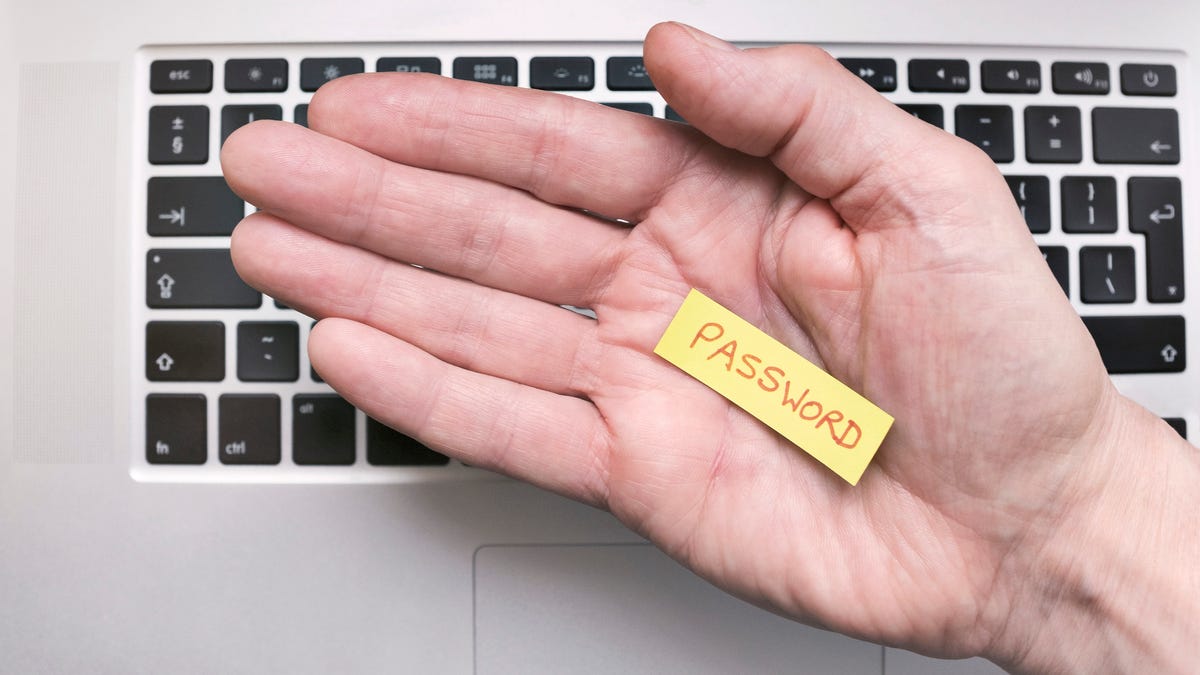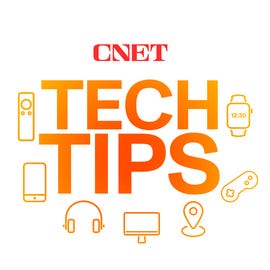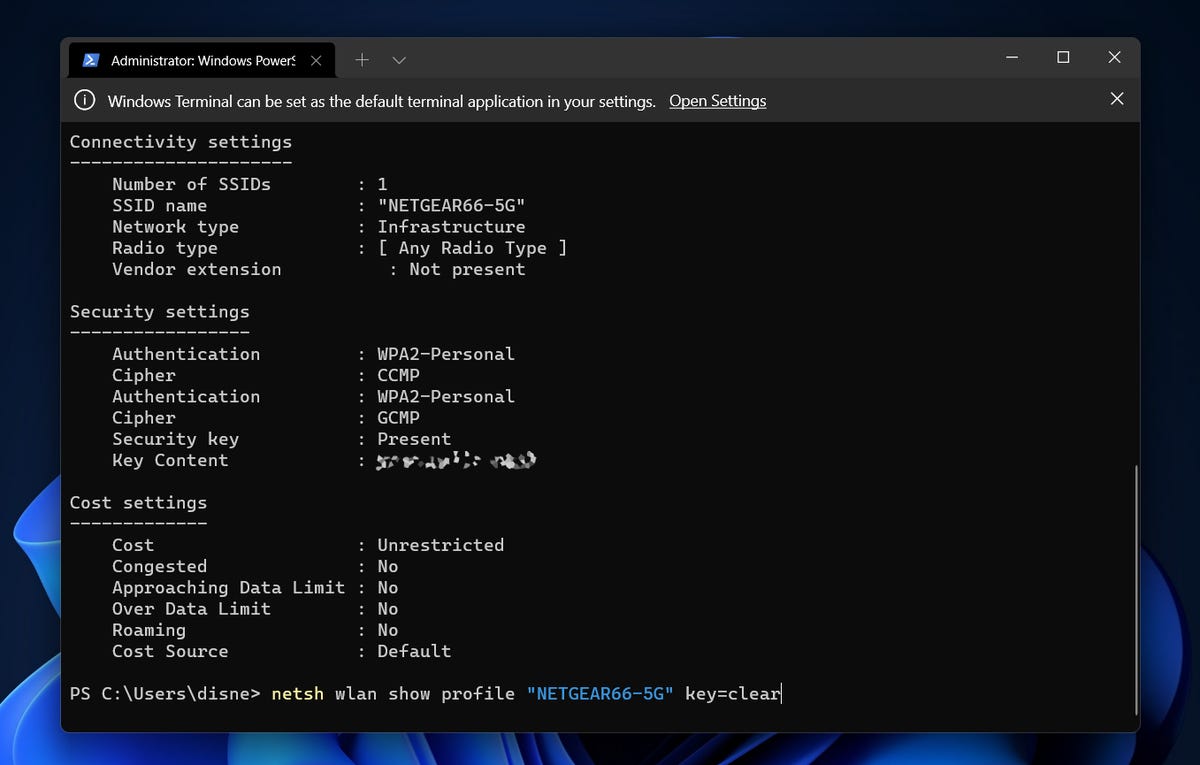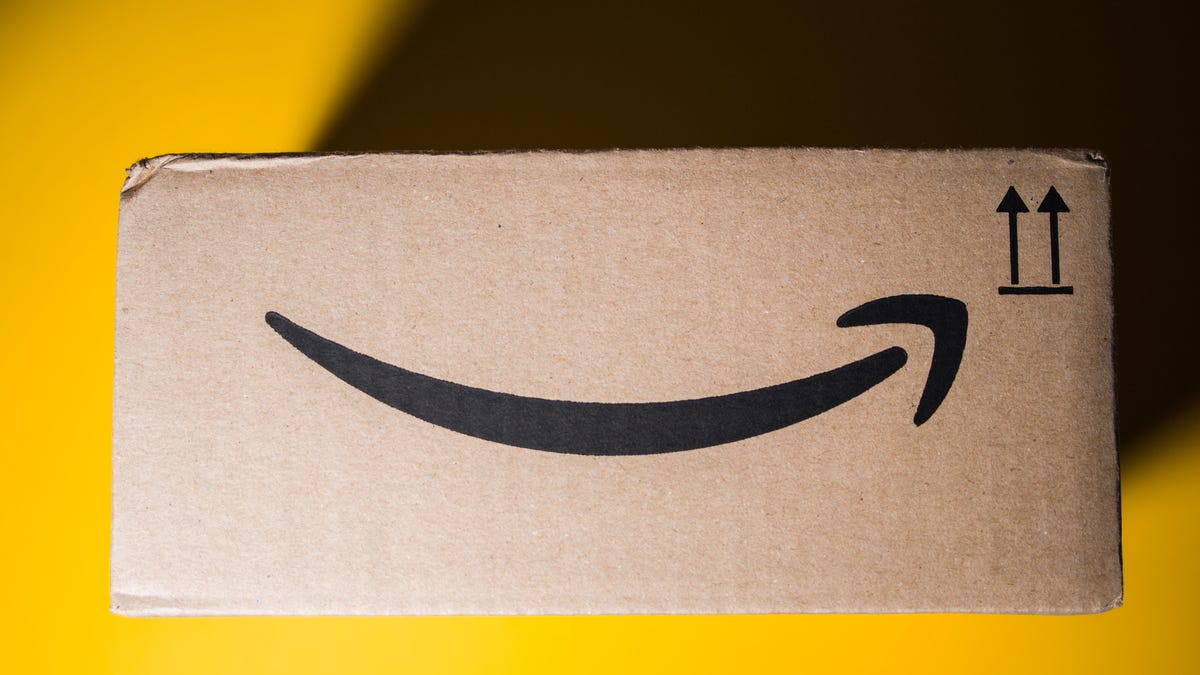Technologies
Here’s How to Find All Your Wi-Fi Passwords on Your Mac and Windows
It’s not as easy as you would think.

You should never use the same password more than once, but using so many different passwords can make it difficult to remember all of them. If you don’t write them down somewhere, you may never remember certain passwords again, including the one for your Wi-Fi network.
Usually your Wi-Fi password should be printed on the back of your router, but if it’s not, don’t sweat it. There’s another way to find the passwords to all of the Wi-Fi networks you’ve ever connected to. They’re all on your computer somewhere.


As long as your Windows or Mac computer has connected to that network before, the Wi-Fi password is permanently stored in your settings. It may require a bit of digging on your part, but all of the passwords are there, saved and ready to be shared with anyone who wants to connect to Wi-Fi.
Here’s how to find the passwords to all of the Wi-Fi networks you’ve ever connected to on MacOS and Windows. For more, discover 17 essential settings for customizing your MacBook or how to get the most out of Windows 11.
How to find Wi-Fi passwords in MacOS
Every password you’ve entered and saved on a Mac is stored in Keychain Access, the password management system for MacOS. And that includes Wi-Fi network passwords.
To start, use the search feature to open the Keychain Access app and do the following:
1. Click on System under System Keychains in the sidebar.
2. Next, click on Passwords at the top of the window.
3. Find the Wi-Fi network you want the password for and double-click on it.
4. Finally, check the box next to Show password and enter your password when prompted.


Find all your stored Wi-Fi passwords in the Keychain Access app on MacOS.
Screenshot by Nelson Aguilar/CNETThe password field will then show the password you used to log in to that Wi-Fi network. You can double-click in the password field to select the password and copy it to your clipboard, if needed.
How to find Wi-Fi passwords on Windows
Finding the password to the Wi-Fi network you’re currently connected to is simple on Windows, but getting your hands on all stored Wi-Fi passwords takes a bit of work, so we’ll discuss both methods below.
To find the password to the Wi-Fi network you’re currently connected to on Windows:
1. Click the Start button and then go to Control Panel > Network and Internet > Network and Sharing Center (Windows 11) or Settings > Network & Internet > Status > Network and Sharing Center (Windows 10).
2. Next to Connections, click your Wi-Fi network name highlighted in blue.
3. In the Wi-Fi Status page that opens, click Wireless Properties and then on the Security tab.
4. Finally, check the box next to Show characters to display your Wi-Fi network password above it.


You can easily find the password for the Wi-Fi network you’re currently connected to on Windows.
Screenshot by Nelson Aguilar/CNETHowever, this isn’t the only way to find your Wi-Fi network passwords. The method above only allows you to view the password to whatever Wi-Fi network you’re currently connected to, but there is a way to find the passwords to all the Wi-Fi networks you’ve ever connected to on your Windows computer.
To find all your Wi-Fi network passwords on Windows:
1. Right-click on the Windows icon in the taskbar on your desktop.
2. Click Windows Terminal (Admin).
3. Type in netsh wlan show profile and hit Enter on your keyboard to view every Wi-Fi network you’ve connected to.
4. Once you find the Wi-Fi network you want the password for, type in netsh wlan show profile «(Wi-Fi network name)» key=clear (for example, netsh wlan show profile «Netgear667» key=clear), and then hit the Enter key.


You can use Windows Terminal to find all your Wi-Fi network passwords.
Screenshot by Nelson Aguilar/CNETSettings for profile, connectivity, security and cost will appear. The Wi-Fi network password will appear under Security settings, and next to Key Content. In addition to Windows Terminal, you can also use the Command Prompt application to type in the commands listed above to find your Wi-Fi passwords.
If you want to read more about passwords, whether on your computer or your smartphone, check out the best password managers to use and nine rules to follow when creating a password.
Technologies
Were You ‘Tricked’ Into an Amazon Prime Subscription? You Might Be Owed Part of a $2.5B Settlement
Consumers who were «tricked» into a Prime subscription and unable to cancel could see a payout. Here’s who qualifies, and how much you might receive.

Amazon used to make it easy to sign up for a Prime subscription — but very difficult to cancel. From tricky shipping options to Prime Video, plenty of customers wound up with a subscription they didn’t want, and now Amazon is paying the price. In September, the US Federal Trade Commission dropped a massive $2.5 billion settlement on the company for its deceptive subscription tactics.
This isn’t just a slap on the wrist. A whopping $1.5 billion is earmarked to refund eligible subscribers, with the rest serving as a civil penalty. Amazon is now legally required to provide a clear, obvious option to decline Prime, making it as easy to leave the service as it is to join.
Amazon isn’t admitting to any shady behavior. «Amazon and our executives have always followed the law, and this settlement allows us to move forward and focus on innovating for customers,» Mark Blafkin, Amazon senior manager, said in a statement. «We work incredibly hard to make it clear and simple for customers to both sign up or cancel their Prime membership, and to offer substantial value for our many millions of loyal Prime members around the world.»
Don’t miss any of our unbiased tech content and lab-based reviews. Add CNET as a preferred Google source.
Why did the FTC file a lawsuit against Amazon?
The FTC filed suit against Amazon, accusing the company of using «dark patterns» to nudge people into Prime subscriptions and then making it too hard to cancel. The FTC maintained Amazon was in violation of Section 5 of the FTC Act and the Restore Online Shoppers’ Confidence Act.
«Specifically, Amazon used manipulative, coercive or deceptive user-interface designs known as ‘dark patterns’ to trick consumers into enrolling in automatically renewing Prime subscriptions,» the FTC complaint stated.
Who’s eligible for Amazon’s payout?
Amazon’s legal settlement is limited to customers who enrolled in Amazon Prime between June 23, 2019, and June 23, 2025. It’s also restricted to customers who subscribed to Prime using a «challenged enrollment flow» or who enrolled in Prime through any method but were unsuccessful in canceling their memberships.
The FTC called out specific enrollment pages, including Prime Video enrollment, the Universal Prime Decision page, the Shipping Option Select page and the Single Page Checkout. To qualify for a payout, claimants must also not have used more than 10 Amazon Prime benefits in any 12-month period.
Customers who signed up via those challenged processes and did not use more than three Prime benefits within one year will be paid automatically by Amazon within 90 days. Other eligible Amazon customers will need to file a claim, after Dec. 23, and Amazon is required to send notices to those people within 30 days of making its automatic payments.
Customers who did not use a challenged sign-up process but instead were unable to cancel their memberships will also need to file claims for payment.
How big will the Amazon payments be?
Payouts to eligible Amazon claimants will be limited to a maximum of $51. That amount could be reduced depending on the number of Amazon Prime benefits you used while subscribed to the service. Those benefits include free two-day shipping, watching shows or movies on Prime Video or Whole Foods grocery discounts.
Customers who qualify for the payments should receive them by Dec. 24.Customers outside the US aren’t eligible for the payout.
Technologies
Today’s Wordle Hints, Answer and Help for Nov. 27, #1622
Here are hints and the answer for today’s Wordle for Nov. 27, No. 1,622.

Looking for the most recent Wordle answer? Click here for today’s Wordle hints, as well as our daily answers and hints for The New York Times Mini Crossword, Connections, Connections: Sports Edition and Strands puzzles.
Today’s Wordle puzzle is a little tricky. If you need a new starter word, check out our list of which letters show up the most in English words. If you need hints and the answer, read on.
Today’s Wordle hints
Before we show you today’s Wordle answer, we’ll give you some hints. If you don’t want a spoiler, look away now.
Wordle hint No. 1: Repeats
Today’s Wordle answer has no repeated letters.
Wordle hint No. 2: Vowels
Today’s Wordle answer has two vowels.
Wordle hint No. 3: First letter
Today’s Wordle answer begins with R.
Wordle hint No. 4: Last letter
Today’s Wordle answer ends with T.
Wordle hint No. 5: Meaning
Today’s Wordle answer can refer to sending money to pay for something.
TODAY’S WORDLE ANSWER
Today’s Wordle answer is REMIT.
Yesterday’s Wordle answer
Yesterday’s Wordle answer, Nov. 26, No. 1621 was HOVEL.
Recent Wordle answers
Nov. 22, No. 1617: THICK
Nov. 23, No. 1618: BUNNY
Nov. 24, No. 1619: DOUGH
Nov. 25, No. 1620: PLEAD
Technologies
Today’s NYT Connections Hints, Answers and Help for Nov. 27, #900
Here are some hints and the answers for the NYT Connections puzzle for Nov. 27, #900

Looking for the most recent Connections answers? Click here for today’s Connections hints, as well as our daily answers and hints for The New York Times Mini Crossword, Wordle, Connections: Sports Edition and Strands puzzles.
Today’s NYT Connections puzzle is kind of tough. The purple category relies on you to know the other games in the New York Times stable. (We feature answers to five of those games.) If you need help sorting them into groups, you’re in the right place. Read on for clues and today’s Connections answers.
The Times now has a Connections Bot, like the one for Wordle. Go there after you play to receive a numeric score and to have the program analyze your answers. Players who are registered with the Times Games section can now nerd out by following their progress, including the number of puzzles completed, win rate, number of times they nabbed a perfect score and their win streak.
Read more: Hints, Tips and Strategies to Help You Win at NYT Connections Every Time
Hints for today’s Connections groups
Here are four hints for the groupings in today’s Connections puzzle, ranked from the easiest yellow group to the tough (and sometimes bizarre) purple group.
Yellow group hint: Look out!
Green group hint: Store things here.
Blue group hint: In the shop.
Purple group hint: Some meta rhyming.
Answers for today’s Connections groups
Yellow group: Inundation.
Green group: Main folders in a computer.
Blue group: Woodworking tools.
Purple group: Rhymes for New York Times games.
Read more: Wordle Cheat Sheet: Here Are the Most Popular Letters Used in English Words
What are today’s Connections answers?
The yellow words in today’s Connections
The theme is inundation. The four answers are avalanche, outpouring, tidal wave and torrent.
The green words in today’s Connections
The theme is main folders in a computer. The four answers are desktop, documents, downloads and music.
The blue words in today’s Connections
The theme is woodworking tools. The four answers are drills, files, routers and saws.
The purple words in today’s Connections
The theme is rhymes for New York Times games. The four answers are confections (Connections), grands (Strands), hurdle (Wordle) and swelling sea (Spelling Bee).
Don’t miss any of our unbiased tech content and lab-based reviews. Add CNET as a preferred Google source.
-

 Technologies3 года ago
Technologies3 года agoTech Companies Need to Be Held Accountable for Security, Experts Say
-

 Technologies3 года ago
Technologies3 года agoBest Handheld Game Console in 2023
-

 Technologies3 года ago
Technologies3 года agoTighten Up Your VR Game With the Best Head Straps for Quest 2
-

 Technologies4 года ago
Technologies4 года agoBlack Friday 2021: The best deals on TVs, headphones, kitchenware, and more
-

 Technologies4 года ago
Technologies4 года agoVerum, Wickr and Threema: next generation secured messengers
-

 Technologies4 года ago
Technologies4 года agoGoogle to require vaccinations as Silicon Valley rethinks return-to-office policies
-

 Technologies4 года ago
Technologies4 года agoOlivia Harlan Dekker for Verum Messenger
-

 Technologies4 года ago
Technologies4 года agoiPhone 13 event: How to watch Apple’s big announcement tomorrow

